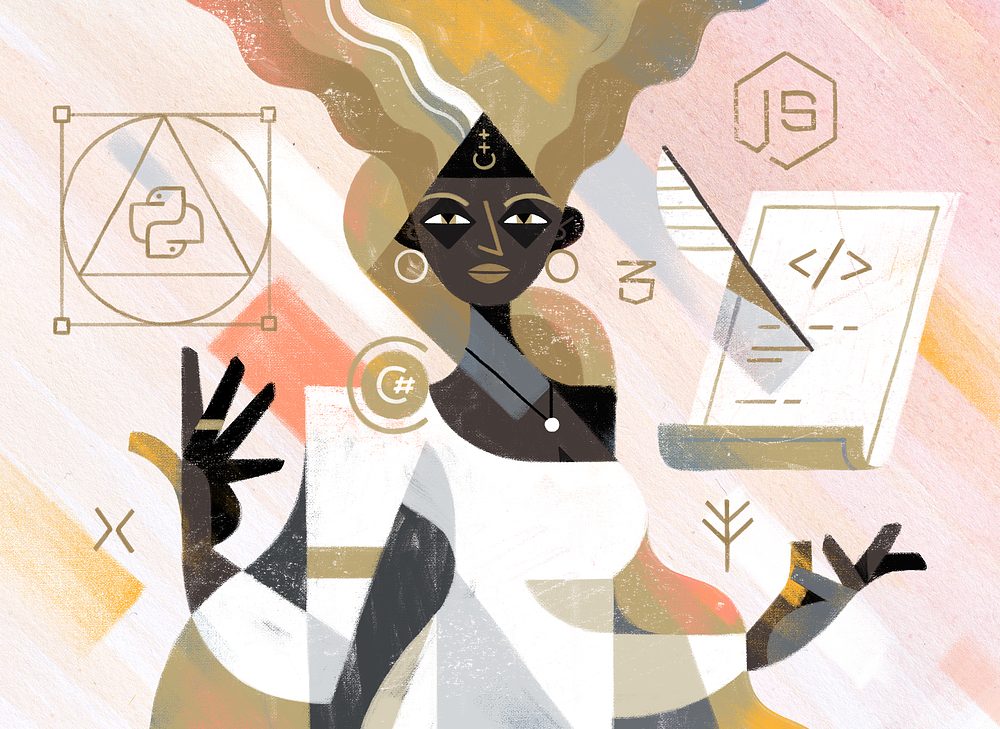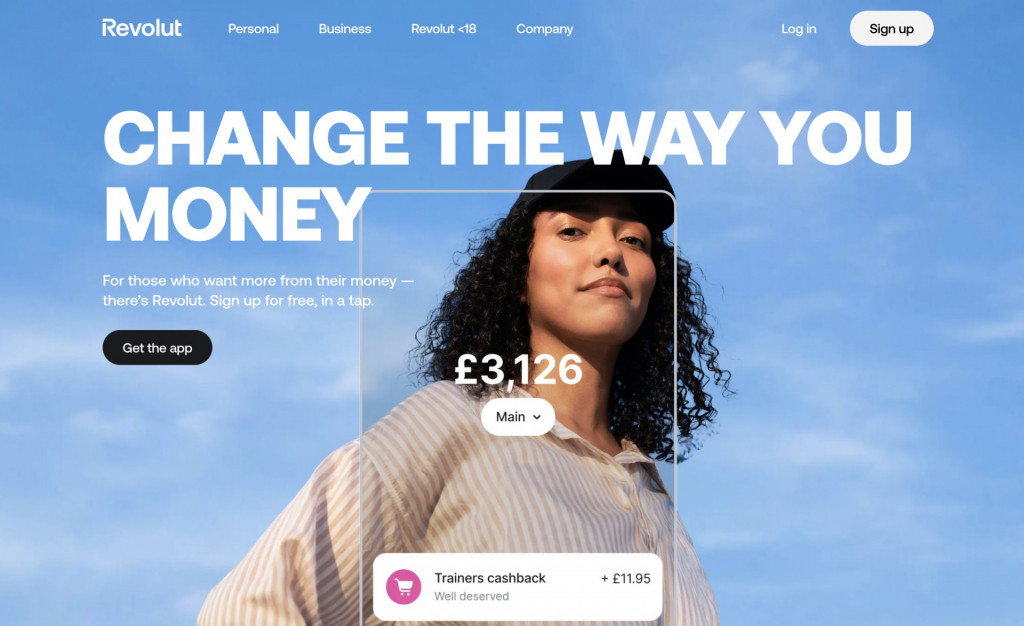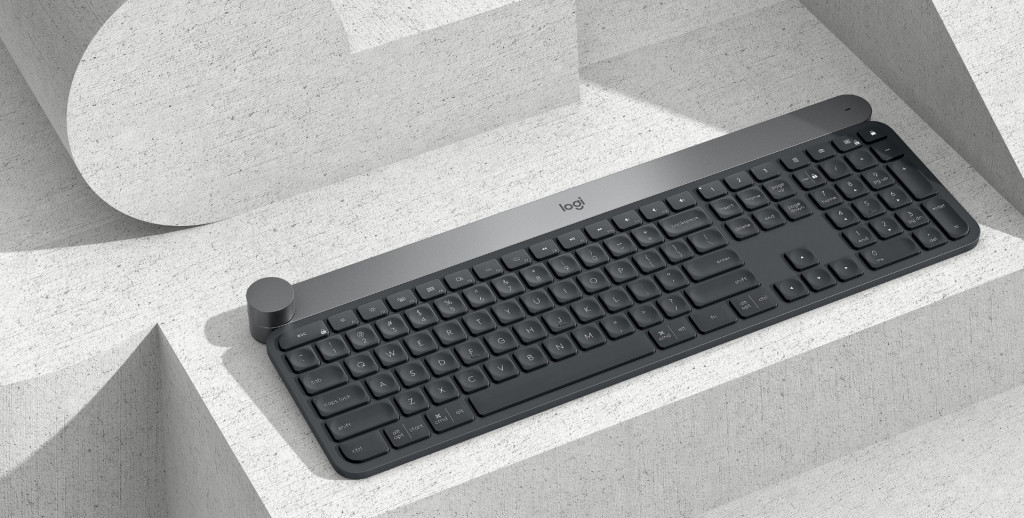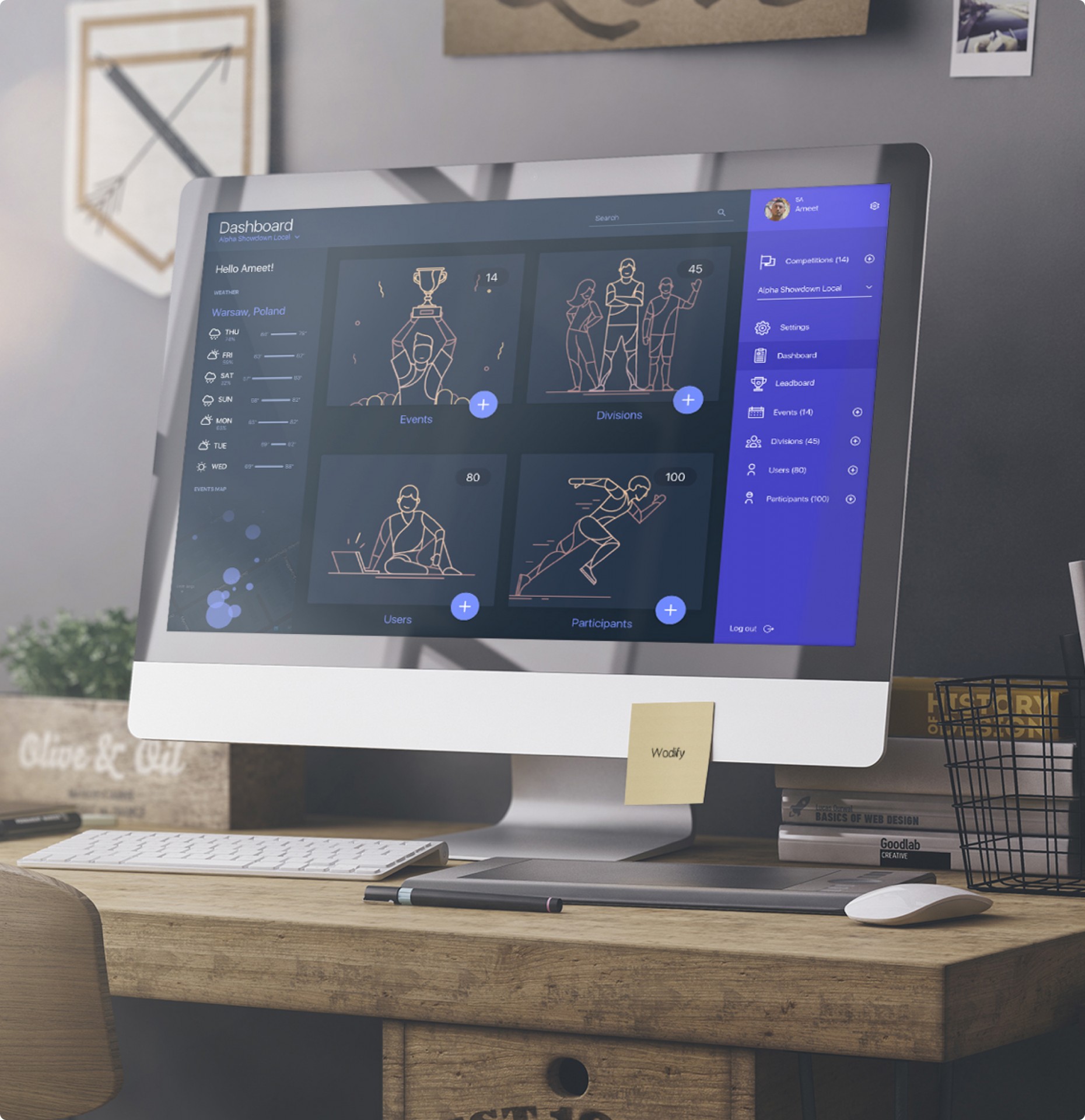Innovative product design is all about turning hazy innovation goals into actual beneficial products. It lets a company evaluate a current user experience, identify significant areas for technological development, and build fresh innovative product design ideas that satisfy or exceed consumer expectations.
To create smarter innovation roadmaps, design innovation and engineering are combined. Let’s look at this process in detail.

What is innovative product design?
Product design is often regarded as an art form, blending improvements in aesthetics, functionality, and efficiency. It extends beyond aesthetics, though, encompassing practical applications such as production records.
Ultimately, a product designer aims to create a superior product, one that excels in terms of both quality and market demand. This involves the process of transforming your innovative product design ideas into a tangible product and making it stand out.
So, what exactly constitutes innovation in product design?
It’s about applying design thinking to understand user expectations throughout their journey and leveraging technology in novel ways to reshape those expectations and enhance the overall experience.
Let’s explore how to put innovative thinking into practice.
How to create innovative product design?
Innovative product design isn’t just about modernizing existing products; it’s about introducing entirely new ways of doing things with a product or process.
Think about groundbreaking inventions like computers, electric lawnmowers, lightbulbs, and Tesla electric vehicles. How do we bring such revolutionary ideas to life in the real world?
Successful product innovation hinges on employing design thinking in the development process. Traditional market research methods may not suffice because innovation often requires unconventional solutions. Design thinking allows innovators to view the world through the user’s eyes, shifting focus from what users seem to want to what they truly desire and need.
Here are some steps to consider.
Get new ideas
To design innovation product, you start with generating original and creative ideas and approaches. Dive into the rich history of marketing, advertising, customer experiences, and commercialization from an engineering perspective to uncover fresh insights. Continuous reading and research play a vital role in shaping innovative products.
How to do this:
- Start by brainstorming and generating innovative ideas for the product in question.
- Consider market trends, user needs, and emerging technologies.
- Conceptualize a product concept, focusing on solving a specific problem or user pain point.
Explore new methods
Innovation in product design can involve enhancing existing products or entirely reimagining them with new approaches, methodologies, and tools. It’s about blending aesthetics, efficacy, and efficiency, as well as finding practical applications like production records.
How to do this:
- Explore unconventional features and functionalities that can set your app apart.
- Consider leveraging emerging technologies like augmented reality (AR), blockchain, or AI.
Empathize
In design thinking, every participant strives to understand user goals and their journey to achieve them. This goes beyond amassing data and delves into sociology and ethnography. By experiencing the user’s reality firsthand, innovators can shift their focus towards creating designs that truly resonate with users.
How to do this:
- Conduct in-person interviews, surveys, and observations to gain insights into their daily lives, challenges, and aspirations.
- Create user personas that represent the various segments of your target audience, helping you develop empathy by putting faces and stories to your users.
Discover
The ultimate goal for a product designer is to craft a product that surpasses existing offerings in terms of quality and market demand. Achieving this involves ideating and then modifying the product to make it truly unique.
How to do this:
- Encourage a free-flowing brainstorming session with your team to generate a wide range of potential solutions to the defined problem.
- Utilize ideation techniques such as mind mapping, brainstorming sessions, or “Crazy 8s” to stimulate creative thinking.
- Embrace a mindset of “quantity over quality” at this stage, as the goal is to explore diverse ideas without judgment.
Prototype
In the design thinking process, prototypes are entirely disposable, allowing for experimentation. If a prototype doesn’t work, it can be completely overhauled. Digital prototypes can be as simple as basic wireframes, allowing users to focus on essentials rather than superficial elements, thanks to the low fidelity and low-cost prototype approach.
How to do this:
- Create low-fidelity prototypes of your digital product’s key features and interactions. These can be paper sketches, wireframes, or digital mock-ups.
- Keep prototypes simple and inexpensive, focusing on conveying the core functionality and user flow.
- Quickly test and validate your concepts without investing extensive resources in development.
Test
Following testing, prototypes are either refined further or replaced with new iterations that tackle the problem from a different angle. Testing isn’t just about getting a yes or no answer; it provides valuable feedback and ideas for enhancing the prototype and arriving at well-suited design solutions.
How to do this:
- Use techniques such as “think-aloud” sessions to understand users’ thought processes as they navigate through the app.
- Identify pain points, areas of confusion, or unexpected user behaviors and iterate on your design based on these insights.
User-centric design
Here your team designs and develops the product based on the findings from the previous stages. You want to ensure that the app not only meets but exceeds user expectations, making it enjoyable and efficient to use.
How to do this:
- Prioritize user-friendly design elements, including intuitive navigation, clear icons, and user-friendly interfaces.
- Ensure that the design enhances the overall user experience, making it enjoyable and efficient.
Launch and Market Entry
Finally, showtime! It would be great if all innovations took off immediately, yet this is rarely the case. To make sure that your design innovation product doesn’t go unnoticed, develop effective marketing strategies, including targeted social media campaigns and promotional events. This is essential to create awareness and attract your user base.
How to do this:
- Launch your app to your target audience; ideally, you would have an early adopters group from the previous stages.
- Monitor user feedback and app performance post-launch.
By placing user-centricity and exceptional user experiences at the forefront, innovative product design paves the way for the future. It encourages us to think creatively, step outside the box, and imagine and develop groundbreaking product ideas.
Examples of innovative product design ideas
Along with the global innovative disruptors like Uber, PayPal, and Pokemon Go, numerous smaller innovative digital products and technologies innovate product design and make significant impacts in various niches. Here are some examples of innovation product design ideas:
Petcube offers interactive pet cameras with features like two-way audio and laser play, allowing pet owners to monitor their pets remotely and even give them treats.

- Otter.ai provides AI-powered transcription and note-taking services, making it easier to capture and search for spoken information during meetings and interviews.
- Replika is an AI chatbot designed to provide users with conversational companionship and emotional support, catering to mental health and well-being.
- Calm is a meditation and sleep app that has gained popularity for its soothing content, including guided meditation sessions, sleep stories, and relaxation techniques.

- Notion is an all-in-one workspace app that combines note-taking, task management, database organization, and collaboration features, offering users a versatile productivity tool.
- Revolut is a digital banking app offering features like international currency exchange, cryptocurrency trading, and expense tracking, disrupting traditional banking services.

- OttoLearn is an adaptive microlearning platform that uses AI to personalize training content and improve knowledge retention for employees.
- Loom is a video messaging tool that simplifies communication through quick video recordings, making it easier to convey ideas and collaborate remotely.
- The Logitech Craft Keyboard features a customizable input dial that enhances productivity in various creative software applications, streamlining tasks like image editing.

- The BioLite CampStove is an eco-friendly camping stove that generates electricity from the heat of the fire, allowing users to charge their devices while cooking.
- Blinkist offers condensed summaries of non-fiction books, allowing users to consume key insights from a wide range of titles in a shorter time.
How do you set up your team for successful innovations?
To get innovative product design ideas flowing, it’s essential to recognize that creativity isn’t a constant, and overworking your design and development teams can lead to burnout and analysis paralysis. To unleash your team’s full potential and push their product designer skills, here are five tips for fostering innovation in product design:
1. Embrace multiple projects
Encourage your team to work on several projects simultaneously to innovate product design. This approach allows them to switch between tasks, preventing them from getting stuck and boosting overall productivity. However, be cautious not to overload your team with too many projects.
2. Explore various industries
Break free from industry constraints by having your team work on projects outside of their expertise. This fresh perspective can lead to innovative solutions that challenge conventional thinking.
3. Seek inspiration
Encourage your team to step away from their work when facing challenges. Asking for help from colleagues, visiting stores for inspiration, or deconstructing existing products can spark creative ideas.
4. Refuse mediocrity
Push your team to explore multiple solutions to a design problem rather than settling for the first acceptable one. This process of eliminating easier solutions can lead to more innovative and superior concepts.
5. Competitive collaboration
Foster creativity by introducing friendly competition within your team. Set challenges with tight deadlines to encourage quick thinking and innovative problem-solving.
Final words
Creating original ideas and putting them into practice through strategic planning and decision-making are the two main components of innovation.
Groundbreaking products often emerge from unexpected corners. While renowned innovations like the Tesla Autopilot or Apple Watch capture headlines, it’s the lesser-known gems that reshape industries and improve lives. From AI-powered transcription with Otter.ai to the collaborative workspace of Notion, these under-the-radar innovations prove that innovation knows no boundaries. Amidst the ever-evolving landscape of innovation, harnessing the expertise of graphic design services can transform your visionary concepts into visually stunning and impactful realities, ensuring your product stands out amidst the competition.
As you start your innovative product design process for your business, remember that innovation thrives when driven by user-centricity, creative problem-solving, and the relentless pursuit of making everyday experiences better. The next game-changing product may be closer than you think.




















